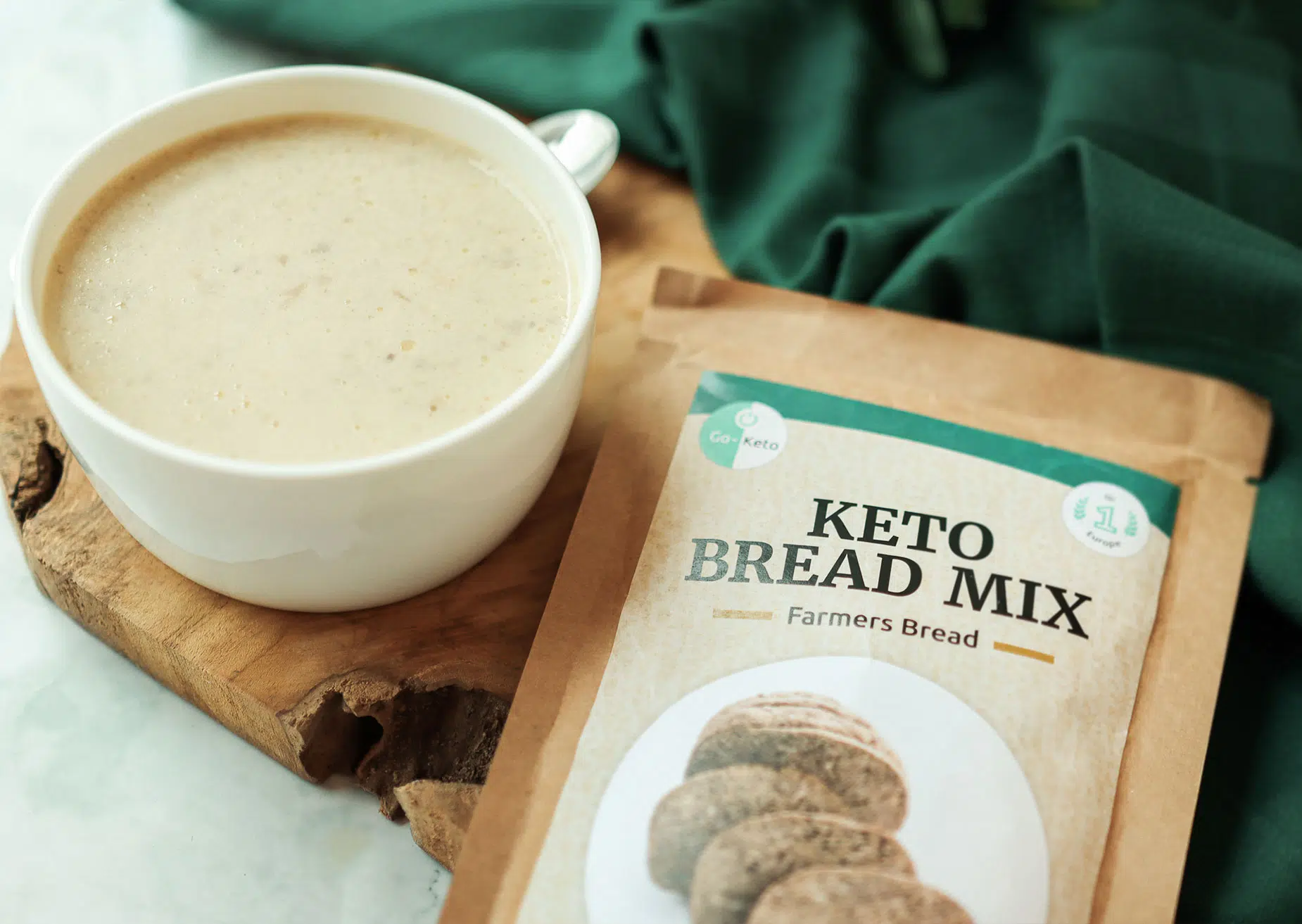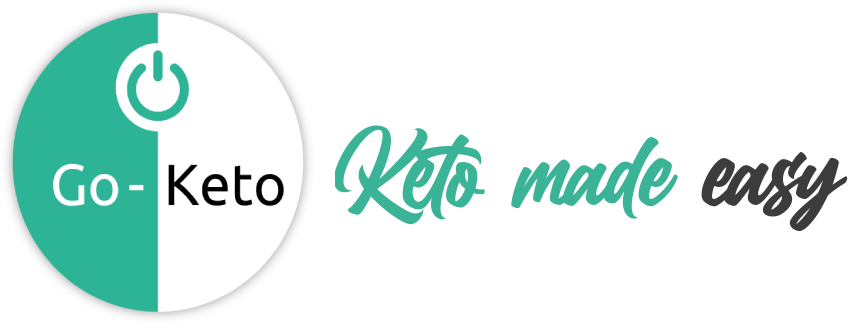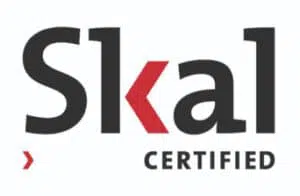
5-Day Go-Keto Kickstart Plan
Day 2 – Keto Food
Yesterday we covered the keto basics: the keto diet and what it can do for you, ketosis, clean keto and the importance of knowing your keto macros. If all went well, you have now calculated your macros and set your personal goals for your keto journey. So let’s get on with the next step and take a closer look at keto food. What do you need to eat and what foods should be avoided?
We’ll also help you with a checklist of the most important products that you need to have at hand before you actually go keto!
Note: this instalment of your Kickstart Plan is a quick guide to keto food. In addition, you will find lots of suggestions for further reading. But if time’s short or if you want to stick to the basics – just read on and ignore the links – you’ll know what to do.

Keto Food and Planning
Here are the 5 most important points to keep in mind when planning what to eat on keto.
- You don’t need to count carbs to lose weight
- You do need to keep track of the macros: the ratio of carbs, fat and protein
- Minimizing carbs is key: 20-30g per day. Avoid all sugar!
- Protein: consume in moderation (unless you work out really hard)
- Fat is your main fuel, so make sure you get enough!
 Vegetables & fruit
Vegetables & fruit

Vegetables are rich in vitamins, minerals and other micronutrients, and most are very suitable for the keto lifestyle. On top of that, they’re very important for getting enough fibre! Get them fresh as well as organic whenever possible.

Fruit. Since fruits are usually very sweet and very high in carbs, only a few of them are suited for keto. Still, they are sources of very valuable nutrients. So we advise eating about a handful of them daily – for instance with your keto granola, in salads, for dessert with some whipped cream, or just as a delicious treat!
The following list contains the most common fruits and veggies. Want to know which vegetables are best for keto?
KETO-SAFE
asparagus
avocado (of the Hass variety)
bell pepper
broccoli
cabbage, all sorts
cauliflowe
rcucumber
garlic
green beans
eggplant
kale
lettuce, all sorts
mushrooms
radish
spinach
zucchini
small amounts
carrots
onions
peas
pumpkin
tomatoes
fruit:
blackberries
blueberries
cranberries
lemon
lime
raspberries
strawberries
watermelon
avoid
beets
corn
legumes (including peanuts!)
potatoes
sweet potatoes
all fruits except the ones listed in ‘small amounts’
 Grains, cereals and wheat products
Grains, cereals and wheat products
We can be very short on this one: avoid! The good news is that there’s absolutely no need to feel deprived of your favourites. As you can see, Go-Keto has many useful replacements. If you want to enjoy a sweet treat every now and then – no problem, all it will take is some time, as you will have to do some keto baking. You’ll find that it’s fun and rewarding!
| AVOID | REPLACEMENT |
| bread, crackers, toast | Go-Keto Bread Mixes |
| non-keto granola, breakfast cereals | Go-Keto Granolas |
| wheat-based cookies, cake, pancakes etc. | Go-Keto Almond Flour Coconut Flour and Psyllium |
| pasta, couscous, rice | Check out this article on replacing carbs |
🥛 Dairy (incl. vegan)
While dairy, in general, is keto-safe, with the exception of plain milk, sweetened and low-fat products, it’s not for everyone. Dairy contains lactose or milk sugar and casein, a potentially inflammatory protein. Both can affect digestion and give intestinal discomfort, even if you’re not strictly speaking lactose intolerant. When in doubt, try avoiding all non-vegan for a while, to see if you do better without.
KETO-SAFE
butter
ghee
cream
cream cheese
sour cream
crème fraiche
cheese, hard and soft
almond milk (unsweetened)
coconut milk (unsweetened)
2-3 times a week
greek yoghurt (+10% fat)
avoid
milk
oat milk
soy milk
low-fat yoghurt and milk
sweetened dairy products
margarine
 Protein
Protein
On keto, you can get your protein from all the regular sources, according to your taste (with the exception of most ready-made, processed products). However, to stay in ketosis, it is very important that you do not take too much protein, as a surplus will raise your blood sugar levels through a process called gluconeogenesis.
But you should not get too little protein either, especially if you work out a lot. Without protein, you won’t be able to maintain your muscle mass and strength.

KETO-SAFE
meat, all kinds, unprocessed
fish, especially fatty fish
poultry, unprocessed
venison
seafood
eggs
tofu
small amounts
cured meat and charcuterie
(check for added sugar!)
tempeh
avoid
most vegetarian “meat alternatives”
always check: many are carb-rich!
⭐ Fats
Fat is your main fuel on the keto diet and fortunately, there is a wide range of great fat sources to choose from.

Here’s the top 5 of fat for keto
- MCT Oil
- Olive Oil Extra Virgin
- Ghee and butter
- Avocado Oil
- Flaxseed Oil
If you’ve never heard about MCT, know that it’s the best type of fat for keto. MCT stands for Medium Chain Triglycerides (medium chain fatty acids). MCT’s go almost directly to the liver to be turned into ketones for energy. So they can give you a super fast boost of ketone energy, whenever you need it.

🥜 Nuts & seeds

Many nuts and seeds can have great nutritional values, contain top quality fat and are relatively low in carbs. But be careful: it’s so easy to keep eating them and still get too much carbs.
As most nuts and seeds can be eaten in moderation, we’ll just give you the three that you should avoid as much as possible because they are pretty high-carb: cashews, peanuts and pistachios.

🧁 Sweeteners

By now, it should be clear to you that sugar and keto are completely incompatible. But that doesn’t mean that you can’t enjoy any sweet flavours during your keto journey.
In fact, many ketonians find great satisfaction in keto baking, using Erythritol and Stevia, the best calorie- and carb-free sweeteners for keto.

 Herbs, spices & condiments
Herbs, spices & condiments
Good news: low-carb doesn’t mean low flavour! You can flavour your food as richly as you like with all kinds of fresh or dried green herbs and spices, as long as you avoid prefab mixes with added sugar or wheat etc.
Many condiments and sauces are keto-safe as well, provided they are sugar free. There are many varieties and we can’t list them all – so make sure to always check labels for carbs and added sugar, and try to get organic varieties!
Some full-flavour suggestions:
vinegar
mustard
soy sauces (gluten free!)
mayonnaise (sugar free or home made)
tabasco
fish sauce
chili sauce
tahini
harissa
pesto
😋 Snacks
Of course, most prefab sweet and savoury snacks are off-limit on keto, as they contain enormous amounts of carbs and are so highly processed that they have very little nutritional value. But the right keto snacks can be very useful in social settings and to keep up your energy level between meals.
Some great keto snacks: olives, eggs, nuts, sugar free chocolate, cheese cubes, salted avocado.
So what does a keto day look like?
At this point, you’ll probably want to know what you will eat on a regular keto day. You will soon find your own way and preferences, but here’s and example of what your meal plan could look like, with three delicious suggestions for each meal.
breakfast

Scrambled eggs with diced zucchini & mushrooms
Greek yoghurt with Go-Keto Granola & berries
Go-Keto Bread with smoked salmon & avocado
lunch

Creamy mushroom soup with parmesan & keto bread
Lunch box: boiled egg, avocado, salad & mayonnaise
Salad: goat’s cheese, berries, bacon, walnuts & MCT Oil
snack

½ avocado with olive oil and salt
Fresh bell pepper and cucumber sticks with aioli
Celery stalks with cream cheese, olives & pecan nuts
dinner

Warm autumn salad with Go-Keto bread and MCT dip
Oven-baked salmon with bell pepper, dill and cream sauce
Cauliflower curry with yoghurt raita
To do: stock your keto kitchen
Now that you’ve got the ins and outs on how to eat keto, you’re almost ready for taking off in a day or two! So your to-do is really very practical: making sure you have the right products available in your keto kitchen.
As we’ve seen, the majority of food that you’re going to need is readily available in regular shops and we’re confident that you’ll be able to get them when you need them. For now, we’ll list the essentials that you’ll need daily and specific keto products that can be of great help to you.
must have
butter or ghee
extra virgin olive oil
eggs
avocados
berries
greek yoghurt
nuts
mayonnaise (sugar free)
erythritol and/or stevia
great to have
Go keto shopping with 10% off!

Disclaimer
The information reflected in this article is intended for educational purposes only. Please consult your physician or medical specialist before making any major adjustments to your diet.




